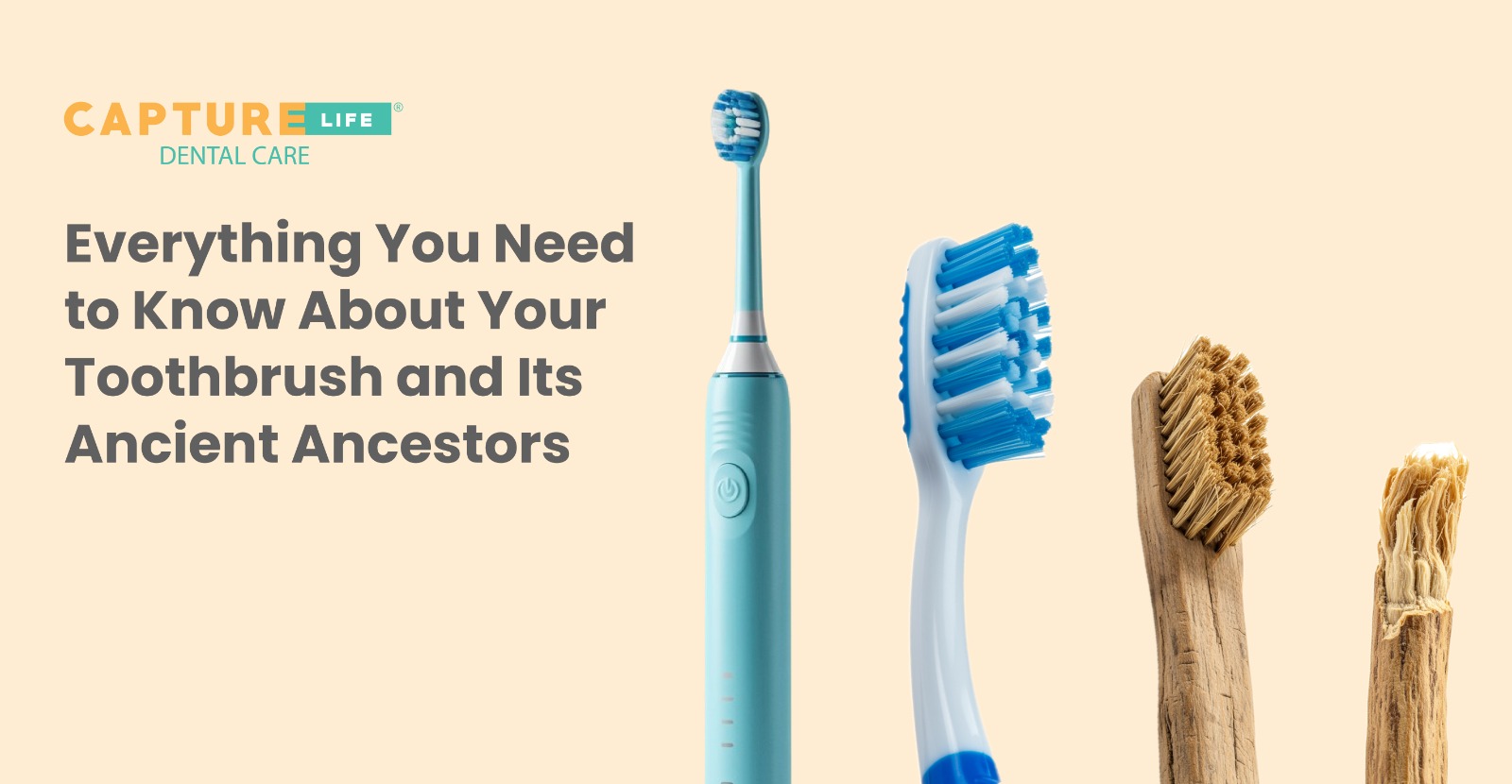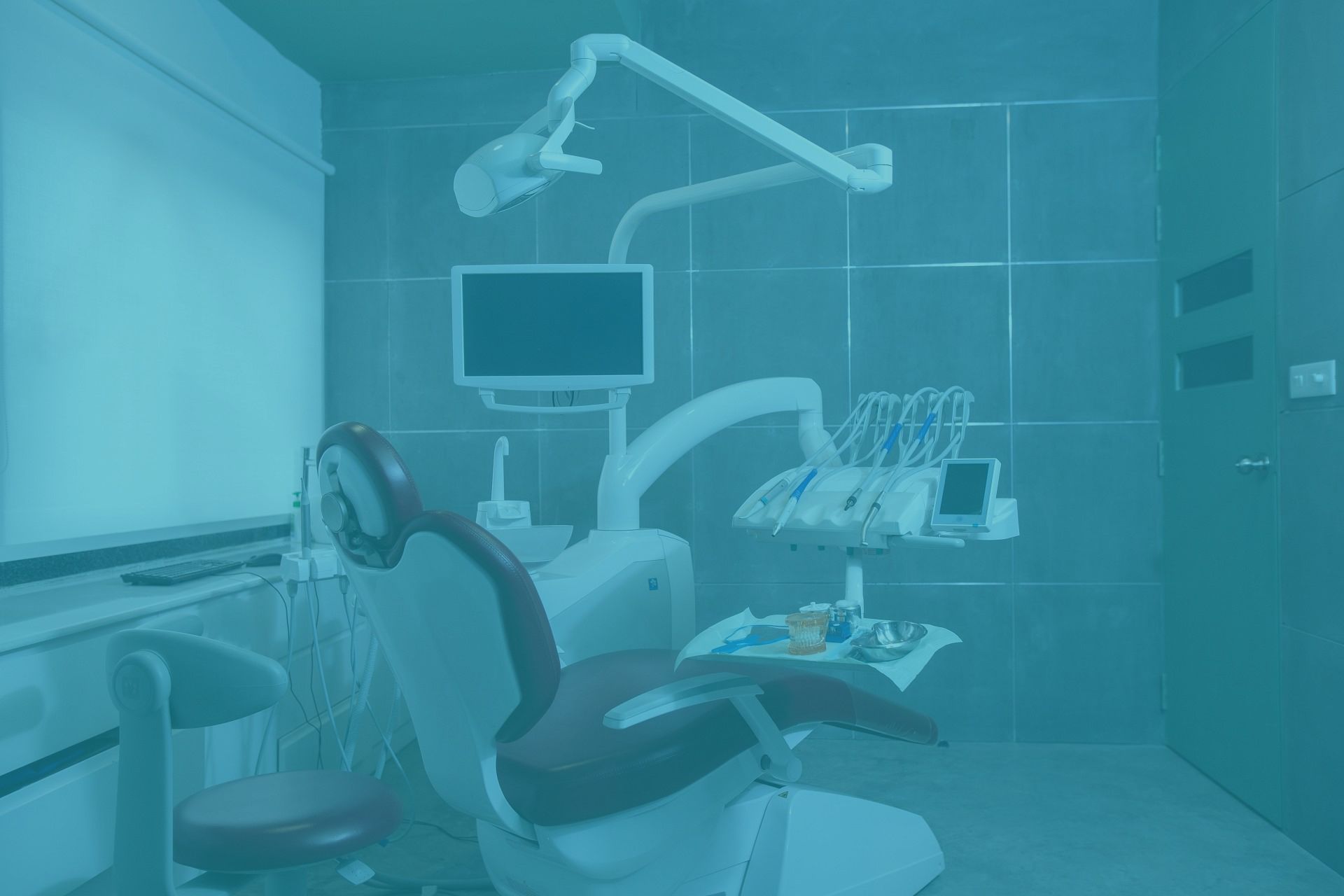
17 Jun Everything You Need to Know About Your Toothbrush and Its Ancient Ancestors
Have you ever paused while brushing your teeth and wondered, who came up with this tool?
Turns out, the humble toothbrush has a long, fascinating history that spans thousands of years, evolving from ancient twigs to the sleek electric versions we know today.
Let’s take a journey through time to understand how oral care has evolved and why the toothbrush remains one of the most important tools in dental care.
From Twigs to Bristles: The First Toothbrushes
As early as 3000 BCE, ancient Babylonians and Egyptians were already invested in dental care. They used chew sticks, thin twigs with one frayed end, to rub against their teeth and gums. These sticks weren’t just effective at scraping off debris; they often came from trees like neem or miswak, which have natural antibacterial properties. In many ways, nature gave us our first toothbrush, and it did a decent job.
In China, by around 600 CE, a new version emerged, this time with bristles. The first real bristle toothbrush used coarse boar hair, attached to bamboo or bone handles. Though rudimentary and likely uncomfortable, it marked an important shift from natural tools to designed hygiene instruments.
Europe took longer to catch on. During the Middle Ages, tooth-cleaning involved cloths, ashes, or salt practices that were neither consistent nor particularly effective.
The Turning Point: Modern Toothbrush Innovation
The idea of mass-producing a toothbrush didn’t gain traction until the late 18th century. In 1780, an Englishman named William Addis, reportedly inspired while in jail, fashioned a toothbrush using a cattle bone handle and bristles from a pig. Once released, he turned it into a business and the toothbrush began its slow march into homes.
A real leap occurred in 1938, when DuPont introduced the first brush with nylon bristles. Softer, more durable, and far more hygienic than animal hair, nylon transformed the brushing experience and pushed daily brushing closer to the standard it is today.
Another breakthrough came in the 1960s with the invention of the electric toothbrush. With rotating or vibrating heads, these brushes made it easier, especially for those with limited dexterity to achieve better plaque removal in less time. From there, we entered a new era.
Welcome to the Smart Brush Era
Today’s brushes are no longer just brushes. With features like sonic vibration (up to 40,000 strokes per minute), real-time app syncing, pressure sensors, and even AI-powered feedback, your toothbrush now doubles as a data-driven oral health assistant.
What started as a frayed twig has become a digital tool.
Why This History Still Matters
You might think all this is just trivia, but your toothbrush’s past shapes how we care for teeth today. Despite all the innovation, the basic goal remains the same: remove plaque, protect your gums, and keep your smile healthy.
Choosing the right brush isn’t just about trends. Whether manual or electric, soft or medium bristles, the right fit depends on your gum health, brushing technique, and the recommendation of a trusted dentist.
What the Experts Say
At Capture Life Dental Care, one of the best dental clinics in Banjara Hills, we often remind our patients that the best brush is one that suits their mouth, not the market. A soft-bristled brush with a compact head is usually ideal for most people. And no matter which kind you choose, replace it every 3–4 months or sooner if the bristles start to fray.
Brushing twice a day, combined with regular flossing and professional cleanings, forms the foundation of long-term oral care.
Final Thoughts
It’s easy to overlook your toothbrush. But behind that humble handle is a story of invention, global evolution, and a shared human goal to preserve our smiles. Next time you brush, remember: you’re holding a piece of history… and shaping your dental future, one stroke at a time.

